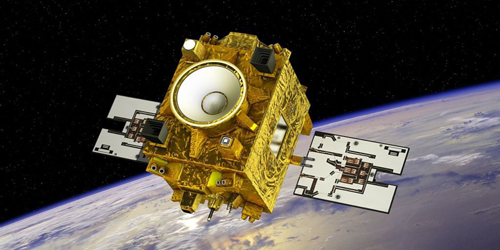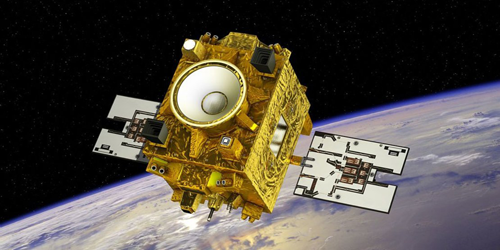Space Tests of the Equivalence Principle
According to general relativity, all bodies should fall at the same rate in a gravitational field, independent of their composition. This “equivalence” principle has so far withstood all experimental tests, but finding violations could provide clues to theories that unify gravity with the other fundamental forces or that explain dark matter or dark energy. In 2016, the National Center for Space Studies (CNES), France’s space agency, launched the MICROSCOPE satellite, which is dedicated to testing the equivalence principle. The mission’s science team, led by researchers at the French Aerospace Lab (ONERA) and at the Côte d'Azur Observatory (OCA), also in France, has now reported its first results. By taking advantage of the quiet environment in space, the mission tested the equivalence principle with record accuracy, finding no deviations from the predictions of relativity.
MICROSCOPE tests the equivalence principle by comparing the acceleration of two masses that follow the same orbit around Earth for a long period of time. The two masses have identical geometries—they are hollow cylinders—but different compositions: the first is made of a platinum alloy, the second of a titanium alloy. Two independent electrostatic feedback circuits apply the forces needed to keep the two masses motionless with respect to the satellite, that is, on the same orbit. A difference in the applied forces would signal a violation of the equivalence principle.
Using data collected over 120 orbits around Earth, the team calculated the dimensionless Eötvös parameter, which quantifies the difference in the two masses’ accelerations and should thus be zero unless the principle is violated. A statistical analysis of the data showed that they are consistent with zero with a precision of 10−14—10 times better than previous tests. The collaboration expects to achieve a 10−15 precision by the end of the mission in 2018.
This research is published in Physical Review Letters.
–Matteo Rini
Matteo Rini is the Deputy Editor of Physics.





